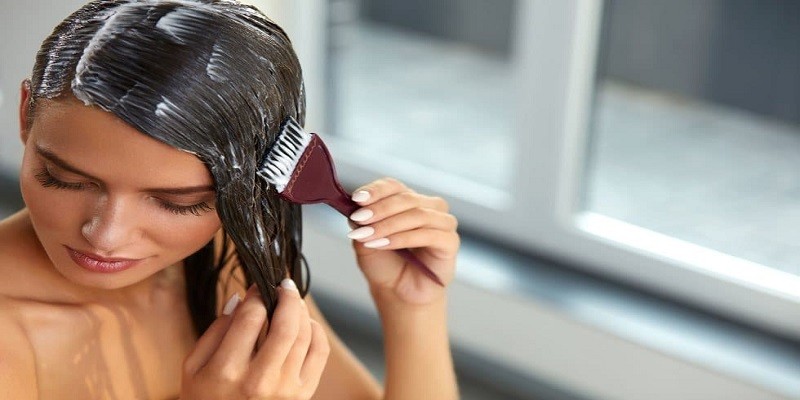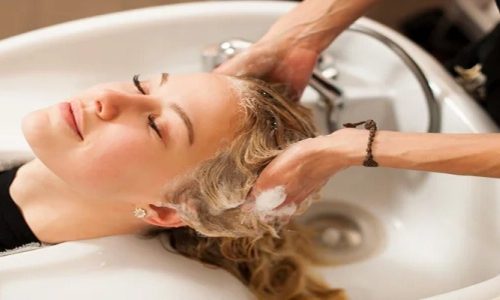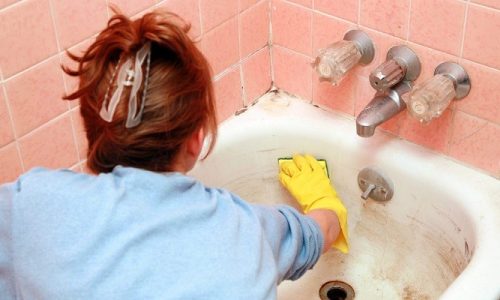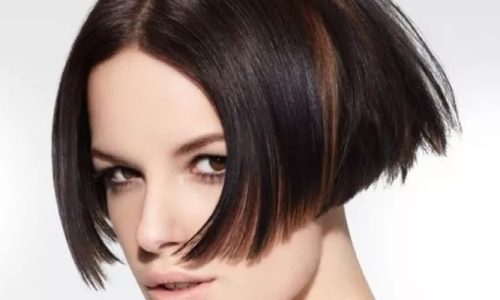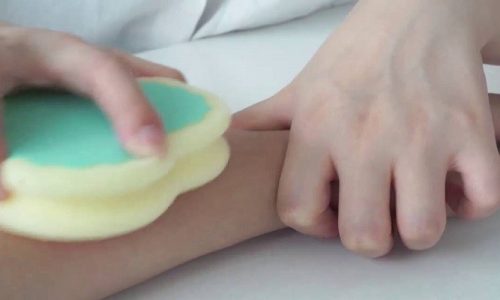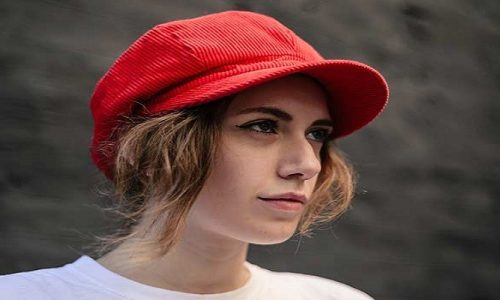Last Updated on June 18, 2025 by Jaclyn A. Neeley
Mixing hair dye with conditioner and developer is a topic that often sparks curiosity among those looking to achieve the perfect hair color while maintaining hair health. This article will explore the intricacies of mixing these products, the benefits and drawbacks, and best practices to ensure optimal results.
Hair Dye, Conditioner, and Developer
Hair Dye
Hair dye is a chemical product used to change the color of hair. It comes in various forms, including permanent, semi-permanent, and demi-permanent dyes. Permanent dyes require a developer to activate the color, while semi-permanent dyes do not.
Conditioner
Conditioner is a hair care product designed to improve the texture and manageability of hair. It works by smoothing the hair cuticle and adding moisture, making hair softer and easier to detangle.
Developer
Developer, also known as an oxidizing agent, is a crucial component in the hair coloring process. It contains hydrogen peroxide, which helps to open the hair cuticle and allows the dye to penetrate the hair shaft. Developers come in different volumes, typically ranging from 10 to 40, with higher volumes providing more lift and color intensity.
Mixing Conditioner with Hair Dye
Benefits of Mixing Conditioner with Hair Dye
- Moisturization: Adding conditioner to hair dye can help moisturize the hair, reducing the potential damage caused by the dyeing process.
- Dilution: Mixing conditioner with hair dye can dilute the color, resulting in a softer, more pastel shade. This is particularly useful for vibrant colors like pink, purple, and blue.
- Ease of Application: The mixture can be easier to apply, especially for those new to hair dyeing, as it creates a smoother texture.
Drawbacks of Mixing Conditioner with Hair Dye
- Color Intensity: The primary drawback is that the color will be less vibrant and may not last as long as dye is applied directly from the bottle.
- Inconsistent Results: Mixing conditioner with hair dye can lead to unpredictable color results, especially if not mixed thoroughly.
- Not Suitable for Permanent Dyes: The conditioner should not be mixed with permanent hair dyes as it can interfere with the chemical process, leading to uneven color application.
Mixing Conditioner with Developer
- Chemical Interference: Conditioner and developer serve different purposes. Conditioner is designed to smooth and moisturize, while the developer opens the hair cuticle to allow dye penetration. Mixing the two can neutralize their effects, leading to ineffective coloring.
- Inconsistent Results: The chemical reaction required for permanent hair dye to work properly can be disrupted by the conditioner, resulting in patchy or uneven color.
- Potential Damage: Using conditioner in place of a developer can prevent the dye from working correctly, potentially leading to hair damage due to improper processing.
Best Practices for Mixing Hair Dye with Conditioner
Choosing the Right Products
- Semi-Permanent Dyes: Only mix conditioners with semi-permanent dyes, as these do not require a developer and are less likely to result in uneven color.
- White Conditioner: Use a white conditioner to avoid altering the dye color. Colored conditioners can affect the final shade.
- Silicone-Free Conditioner: Opt for a silicone-free conditioner, as silicones can create a barrier that prevents the dye from penetrating the hair shaft.
Mixing and Application
- Proportions: Mix a small amount of dye with a larger amount of conditioner to achieve a pastel effect. Adjust the ratio based on the desired color intensity.
- Thorough Mixing: Ensure the dye and conditioner are mixed thoroughly to avoid streaks and uneven color.
- Application: Apply the mixture evenly to clean, dry hair. Start from the roots and work your way down to the ends.
Best Practices for Using Developer with Hair Dye
Choosing the Right Developer
- Volume Selection: Choose the appropriate volume of developer based on your desired result. Lower volumes (10-20) are suitable for subtle changes, while higher volumes (30-40) are used for more dramatic color changes.
- Hair Condition: Ensure your hair is in good condition before using a developer, as it can cause damage, especially to already damaged or chemically treated hair.
Mixing and Application
- Proportions: Follow the manufacturer’s instructions for the correct ratio of dye to developer. Typically, this is a 1:1 or 1:2 ratio.
- Thorough Mixing: Mix the dye and developer thoroughly to ensure even color application.
- Application: Apply the mixture evenly to clean, dry hair, starting from the roots and working your way down to the ends. Avoid overlapping colors when touching up roots to prevent uneven color.
Conclusion
Mixing conditioner with hair dye can be a beneficial practice for those looking to achieve a softer, more pastel color while adding moisture to their hair. However, it is crucial to use this method only with semi-permanent dyes and to avoid mixing conditioners with permanent dyes or developers. Following best practices and choosing the right products can help you achieve beautiful, vibrant hair color while maintaining hair health. Always consult a professional if you are unsure about any aspect of the hair coloring process to ensure the best results.
FAQs
What happens if you mix conditioner with hair dye?
Mixing conditioner with hair dye dilutes the dye, resulting in a softer, less vibrant color. This method is typically recommended for semi-permanent dyes and vibrant colors like pink, purple, and blue. It helps to create a lighter shade and can make the dye easier to apply. However, it is not advisable to mix conditioner with permanent hair dye as it can alter the consistency and lead to uneven color distribution.
Can I mix hair dye and conditioner to make it go longer?
Yes, you can mix hair dye with conditioner to extend the dye’s usage, especially with semi-permanent dyes. This method helps to dilute the dye, making it last longer and allowing for more applications. It is particularly useful for maintaining vibrant colors between salon visits. However, the color may be less intense and fade more quickly compared to using the dye alone.
What kind of conditioner do you mix with hair dye?
When mixing hair dye with conditioner, it is best to use a white, silicone-free conditioner. The white base ensures that the dye’s color is not altered, and the absence of silicones prevents interference with the dye’s ability to penetrate the hair shaft. Cheap, basic conditioners are often recommended but always check for silicone ingredients, which can be identified by names ending in -cone, -conol, or -xane.
What are the risks of mixing conditioner with permanent hair dye?
Mixing conditioner with permanent hair dye is not recommended due to several risks. Permanent dyes are oxidative and require a developer to work effectively. Adding conditioner can disrupt the chemical process, leading to patchy, uneven color and potentially damaging the hair. The conditioner can also neutralize the dye’s pH balance, rendering it ineffective. This practice can result in an unsatisfactory and inconsistent color outcome.
How does mixing conditioner with hair dye affect the color outcome?
Mixing conditioner with hair dye generally results in a diluted, softer color. This is ideal for achieving pastel or less intense shades with semi-permanent dyes. The conditioner acts as a barrier, reducing the dye’s ability to fully penetrate the hair, which can lead to a more muted tone. While this can be beneficial for creating custom shades, it may also cause the color to fade more quickly and appear less vibrant.

